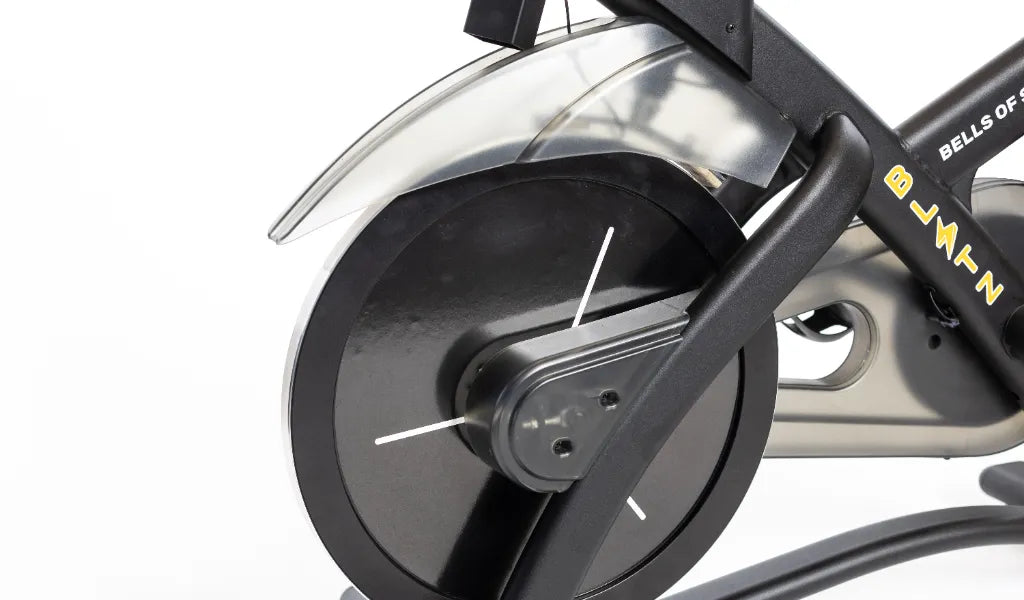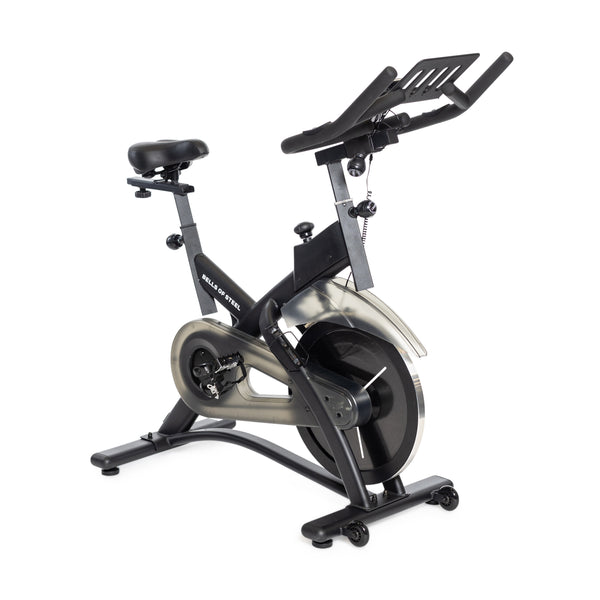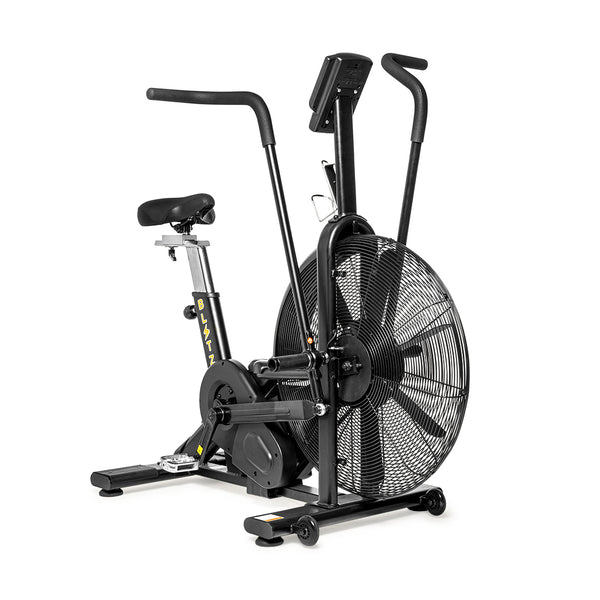So, you’ve hopped on your exercise bike, ready to pedal your way to fitness glory, but you’re wondering, “What’s the deal with this resistance thing?” Well, let’s break it down.
Exercise bike resistance can vary based on the type of bike you’re riding. Whether it’s magnetic, mechanical/friction, or an air bike, each has its unique way of giving you a challenging workout.
Let’s dive into the nuts and bolts of how they work and how you can adjust them to maximize your ride.
Resistance Types for Exercise Bikes
1. Magnetic Resistance
First up, we've got magnetic resistance. Think of it as the smooth operator of exercise bikes. Magnetic resistance bikes use—you guessed it—magnets to create resistance. These magnets are positioned around a metal flywheel, and the closer they get to the flywheel, the harder it is to pedal. It’s like magic, but it’s science!
So, how do you adjust this resistance? It’s super easy! Most magnetic bikes come with a digital display or a knob. Turning the knob or pressing the buttons adjusts the distance between the magnets and the flywheel, changing the resistance level.
One of the best things about magnetic resistance is that it’s nearly silent, so you won’t have to worry about annoying creaks and groans during your workout. Plus, the resistance is consistent and smooth, making it feel like you’re gliding through your ride. Just remember, the closer those magnets get, the tougher the workout!
2. Mechanical/Friction Resistance
Next, let’s talk about mechanical or friction-resistance bikes. These are like the classic rock of exercise bikes. They’ve been around for a while, and they still get the job done. Friction-resistance bikes use a brake pad (similar to what you'd find on a traditional bicycle) that presses against the flywheel to create resistance.
Adjusting the resistance on a friction bike is pretty straightforward. There’s usually a tension knob you can turn. As you twist the knob, it tightens or loosens the brake pad against the flywheel. The tighter the pad, the more resistance you’ll feel. It’s like riding up a steep hill, except you don’t get to coast downhill afterward!
One thing to note is that friction resistance can be a bit noisy, and over time, the brake pads can wear out and need replacing. But hey, if you like that old-school feel and don’t mind a little maintenance, friction bikes are a solid choice.
3. Air
Lastly, we’ve got the air bike, also known as the fan bike. If you’re looking for a workout that blows you away, this bike is for you. Air bikes use a large fan to create resistance; the harder you pedal, the more resistance you generate. It’s like having a wind machine power your workout!
Adjusting resistance on an air bike is unique because there’s no knob or button. The resistance automatically adjusts based on how fast you pedal. Pedal slowly, and it’s a breeze. Pedal fast, and you’ll feel like you’re in a windstorm.
This makes air bikes great for high-intensity interval training (HIIT) because you can quickly switch between low and high resistance by changing your pedaling speed.
One of the coolest (pun intended) features of air bikes is that the fan creates a refreshing breeze as you ride, which can help keep you cool during intense workouts. Just watch out—things can get noisy as you crank up the speed!
Final Thoughts
There you have it! Whether you’re into the smooth, quiet ride of a magnetic bike, the classic feel of a friction bike, or the dynamic challenge of an air bike, understanding how resistance works can help you get the most out of your workout.
Each type has its benefits and quirks, so it’s all about finding the one that fits your style and fitness goals. Happy pedaling!



